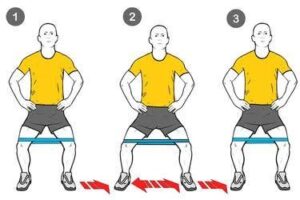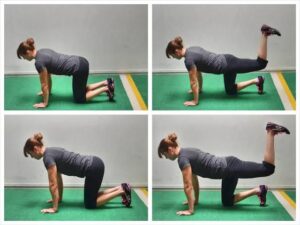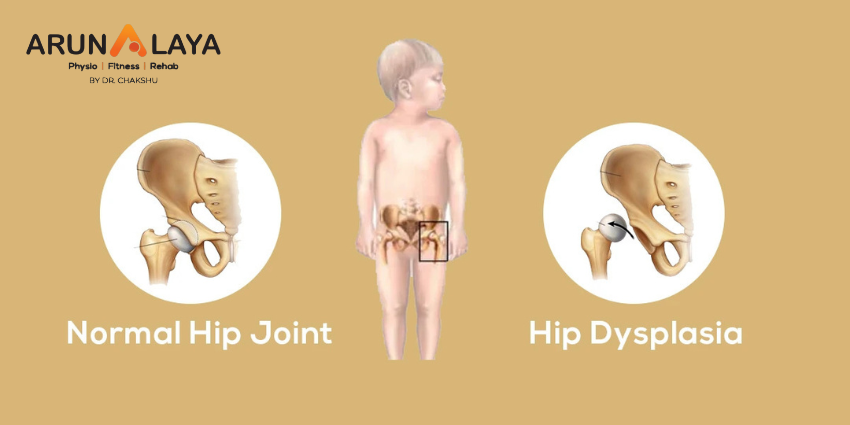ROLE OF PHYSIOTHERAPY IN HIP DYSPLASIA
Hip dysplasia or developmental dislocation of the hip (DDH), is an abnormal formation of the hip joint. In hip dysplasia, the femoral head (the ball) fits too loosely into the acetabulum (the socket), causing instability. The disorder typically develops during gestation or shortly after birth, but may develop later in childhood. In the past, this condition was referred to as congenital dysplasia of the hip (CDH).
CAUSES
Many people are born with hip dysplasia but are likely unaware because symptoms don’t often present themselves until adulthood.
Other times, it is typically developed within the first year of a person’s life.
Adults can develop hip dysplasia, but it is most often a diagnosis that wasn’t determined in childhood likely from a lack of symptoms.
PHYSICAL SYMPTOMS
Someone suffering from hip dysplasia may:
- Have legs that are different lengths
- Have a leg that turns outward
- Have uneven skin folds on their groin or thigh
- Lean to one side when standing
- Have minimal or complete loss of range of motion in the hip
- Limp when walking
INTERNAL SYMPTOMS
Someone suffering from hip dysplasia may have internal symptoms like:
- Pain when sleeping on the affected hip
- Pain in the groin that increases with activity
- A sensation of popping, snapping or catching at the hip
- A stiff hip joint
PHYSIOTHERAPY TREATMENT
Weight loss and other lifestyle changes can improve the condition.
Physiotherapy includes
- leg stretching particularly hip abductions

- Banded lateral walk

- Glute activation

When engaging in physical therapy exercises, it is usual for patients to be provided with applied heat before the exercise regimen and ice packs afterwards.
Physical therapy is a great option for patients to help:
- Strengthen muscles surrounding the hip
- Joint mobility
- Correct poor posture
- Tendon inflammation
- Gait
- Body awareness
Advance physiotherapy treatment
- MFR
- Kinesiology tape
- Dry needling
Medical professionals also may recommend:
- Including low- or non-impact exercises into your weekly routine to strengthen muscles and increase range of motion like:
- Swimming
- Aquatic therapy
- Cycling
- Bodyweight exercises
- Losing or maintaining weight to reduce the stress and pain in the hip
- Hippotherapy to improve motor function

